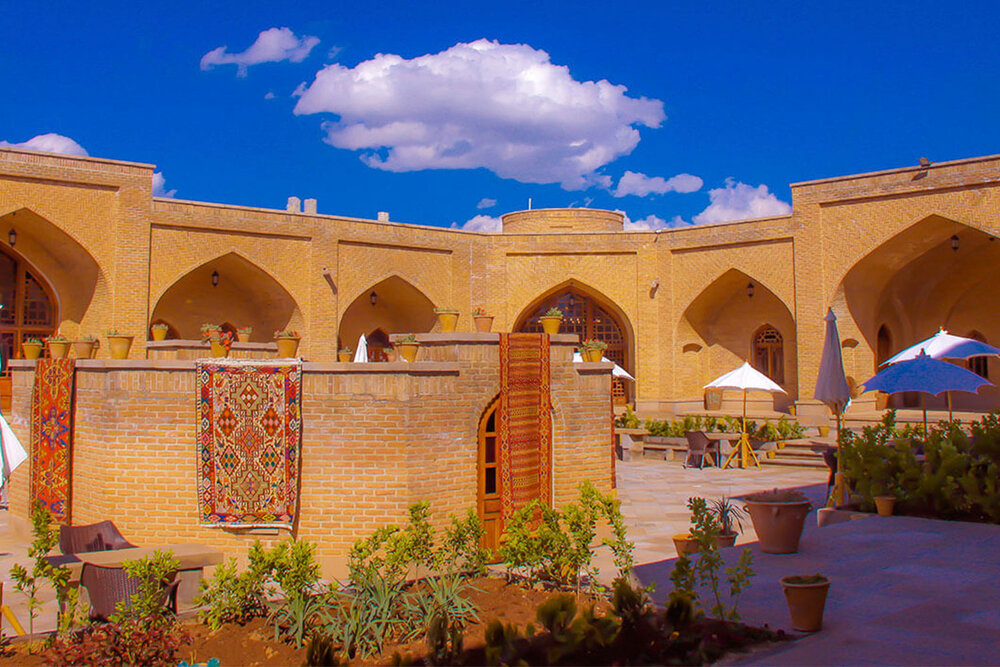Iran submits UNESCO dossier on collective caravanserais

TEHRAN- Iran has recently submitted an inclusive dossier on its caravanserais to the United Nations Educational, Scientific, and Cultural Organization.
The dossier comprises the obligatory data about a selection of 56 caravanserais, which are scattered across the ancient land. And the shortlist includes qualified caravanserais located in at least 24 provinces, the deputy tourism minister, Mohammad-Hassan Talebian, said on Thursday.
The concept of Iranian caravanserai, like Persian houses, gardens, qanat, and towers, has unique characteristics that carry high social, cultural, and architectural values, regardless of their special architectural characteristics, the official said.
It seems that the construction of caravanserais in Iran dates back to the Achaemenid era (c. 550 – 330 BC) and since then until the early Pahlavi period (1925-1979) different types of caravanserais were built across the country, the official added.
Aside from building some caravanserais [as mere roadside inns], Iranians tried to preserve and pass down the historical and cultural elements as well as their ancestral architectural values of different eras, he explained.
Last year, the tourism ministry announced that the country is developing a dossier for a selection of its historical caravansaries for a possible inscription on the UNESCO World Heritage list.
In this regard, cultural heritage experts started assessing the nominees to make a shortlist in terms of their architecture, historical and cultural values.
Caravansery (or caravansary) is a compound word combining “caravan” with “sara”. The first stand for a group of travelers and sara means the building. They often had massive portals supported by elevated load-bearing walls. Guest rooms were constructed around the courtyard and stables behind them with doors in the corners of the yard.
Iran’s earliest caravanserais were built during the Achaemenid era (550 -330 BC). Centuries later, when Shah Abbas I assumed power from 1588 – to 1629, he ordered the construction of network caravanserais across the country. For many travelers to Iran, staying in or even visiting a centuries-old caravanserai, can be a wide experience; they have an opportunity to feel the past, a time travel back into a forgotten age!
Iran ranks 10th in the world in terms of the number of historical monuments and sites registered on the UNESCO World Heritage list.
Before the Islamic Revolution, Persepolis, Naghsh-e Jahan Square, and Choghaznabil were the only three UNESCO-listed monuments, but today the number has been increased this number to 24 historical sites.
“Arg-e Bam” (Bam Citadel) represents an outstanding example of an ancient fortified settlement in Kerman province, “Bisotun” in western Kermanshah province, which is notable for its Achaemenid-era inscription carved on a limestone cliff, lavish “Golestan Palace” in downtown Tehran which is a masterpiece of the Qajar era (1789 to 1925), and millennium-old “Gonbad-e Qabus” which is a mudbrick tomb tower for Qabus ibn Wushmagir, are among the other UNESCO-designated sites in Iran.
ABU/AFM

Leave a Comment